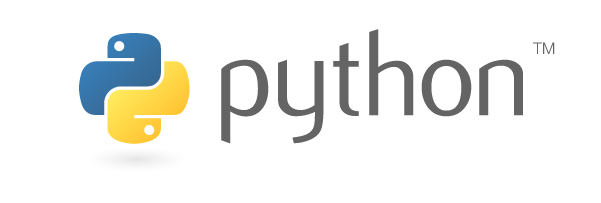Python3でHTTP通信をする(urllib.requestモジュールを使う)

目次
今回はPythonでHTTP通信を行うためのモジュールである urllib.request モジュールを紹介します。
環境情報
今回は以下の環境にて動作確認をしています。
- python 3.7
基本的な通信
Request オブジェクトを使ったGET
urllib.request モジュール内に含まれる Request オブジェクトを使います。
以下のようにインスタンスを作成します。
1from urllib.request import *
2
3req = Request(url='https://docs.python.org/ja/', headers={}, method='GET')Request オブジェクトのインスタンスのプロパティにアクセスしてみましょう。
オリジンの情報やパスなどの情報が取得できることがわかります。
1print(req.full_url)
2> https://docs.python.org/ja/
3
4print(req.type)
5> https
6
7print(req.host)
8> docs.python.org
9
10print(req.origin_req_host)
11> docs.python.org
12
13print(req.selector)
14> /ja/
15
16print(req.data)
17> None
18
19print(req.unverifiable)
20> False
21
22print(req.method)
23> GETあとはこれを urlopen 関数で処理してあげるだけです。
1with urlopen(req) as res:
2 body = res.read().decode()
3 print(body)Request オブジェクトを使ったPOST
今度は POST で送信します。
リクエストボディを指定するには Request オブジェクトのインスタンス生成時に data オプションを指定してします。
1from urllib.request import *
2import json
3
4req = Request(url='https://docs.python.org/ja/', data=json.dumps({'param': 'piyo'}).encode(), headers={}, method='POST')
5
6with urlopen(req) as res:
7 body = res.read().decode()
8 print(body)TypeError: can't concat str to bytes が表示されるときは data に渡すオブジェクトがエンコードされていないことが原因です。
上の例では json.dumps({'param': 'piyo'}).encode() で辞書型をjsonにエンコードしています。
urlopen だけで通信する
先程のような簡単な通信であれば Request オブジェクトを使わなくても urlopen 関数単体で実現できます。
1from urllib.request import *
2
3with urlopen('https://docs.python.org/ja/') as res:
4 body = res.read().decode()
5 print(body)